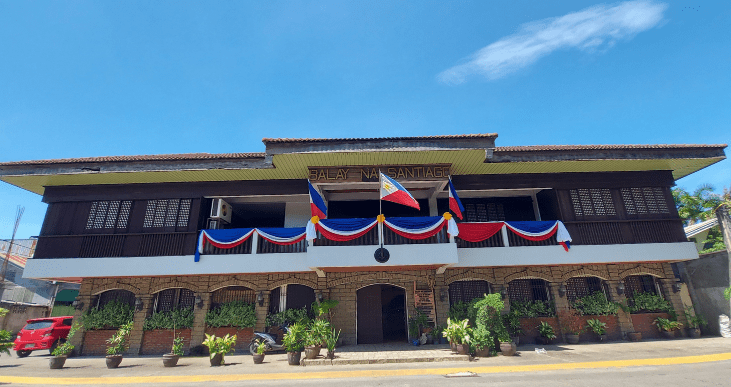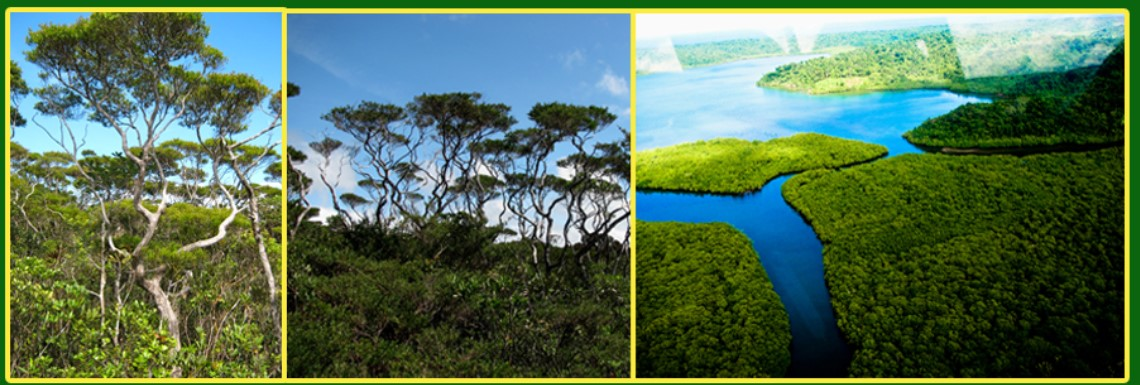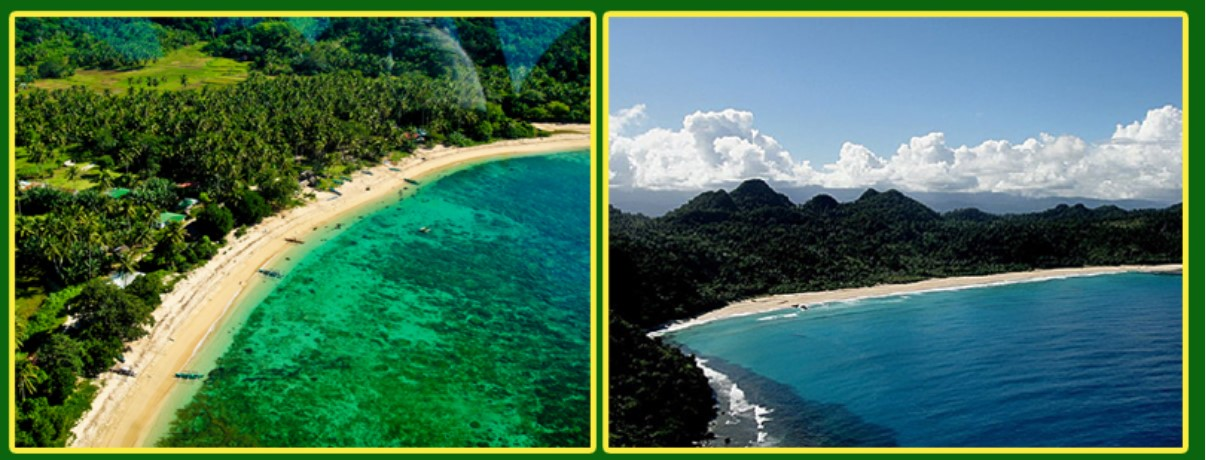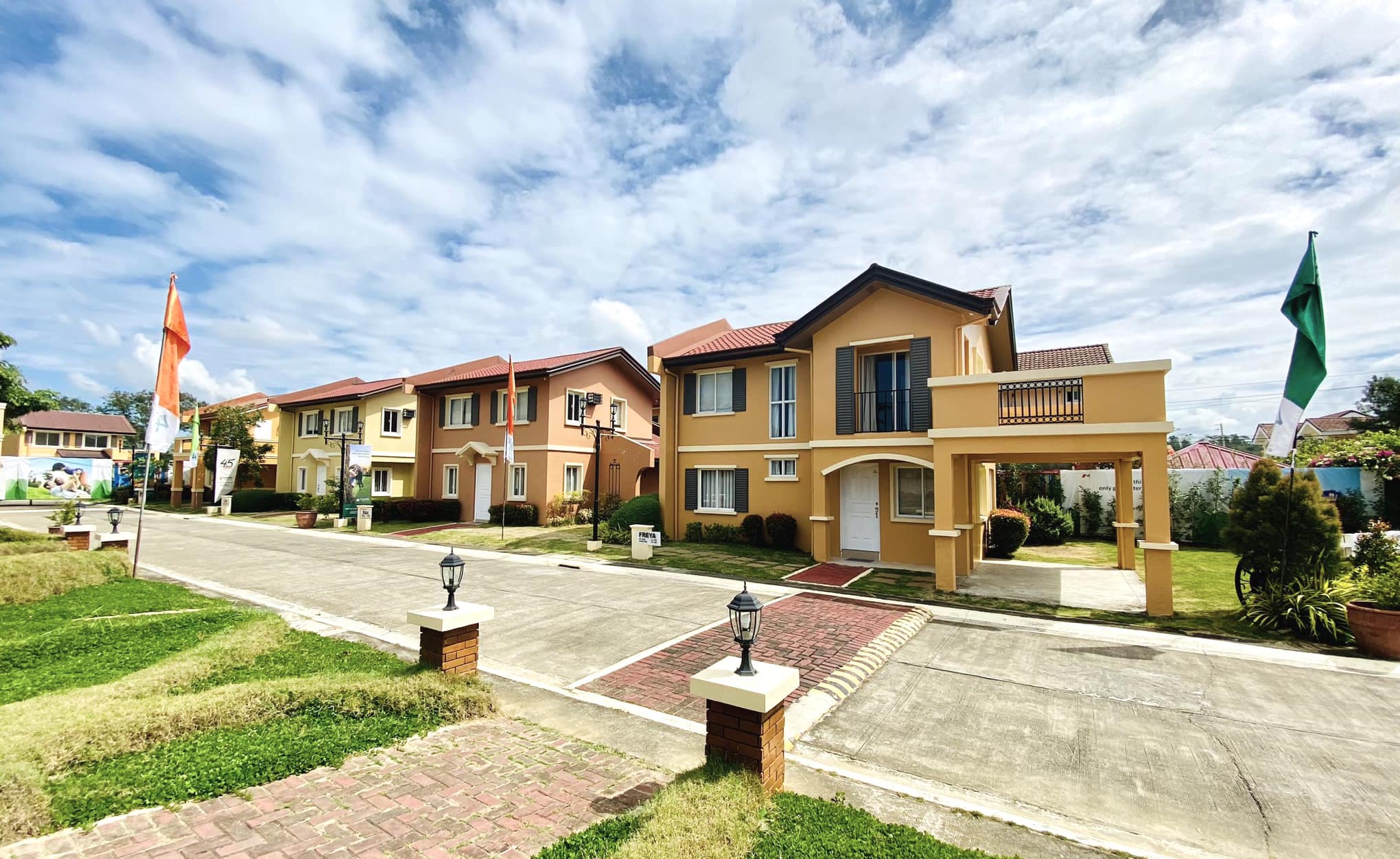
Nestled in the heart of the Cagayan Valley
The province of Isabela is the second largest in the Philippines located in the Cagayan Valley with Ilagan as its capital. Bordered by the provinces of Cagayan to the north, Kalinga to the northwest, Mountain province to its central-west and to the south by Santiago, Ifugao and Nueva Vizcaya to its southwest, and the Philippine Sea and the Pacific Ocean to the east.
Delving Into Santiago’s Culture and Tourism
Santiago City, officially known as the City of Santiago in Isabela, is a vibrant and diverse destination nestled in the heart of the Cagayan Valley region in the Philippines. With its rich history, breathtaking landscapes, hidden gems, its food and warm hospitality, the city has become a hidden gem that attracts both local and international tourists.
Mostly from Manila, local travellers go on a trip to explore the natural beauty and history of Isabela, some of which are protected area, visiting tourist spots along the way.
A Glimpse into History
Santiago City has a rich historical background that dates back to the Spanish colonial era. Originally part of the province of Cagayan, the city became a political subdivision in 1583 with Nueva Segovia as its capital. However, on May 1, 1856, the province of Isabela was established through a Royal Decree, and Santiago City became one of the towns transferred to the newly-formed Province of Isabela. Over the years, Santiago City has witnessed the ebb and flow of history, shaping its unique cultural heritage.
Tourist Spots and Places to visit in Santiago City Isabela
Situated in the picturesque Cagayan Valley, the city boasts a diverse geographical landscape. Aside from being in the second largest province in the country, the city is characterized by approximately 80% flat or nearly level land in the northwestern, eastern, and western parts, while adjacent areas feature gently undulating and moderately rolling mountains.
The remaining areas are comprised of steeply lands, with the highest point being the majestic Dariuk Hills. This varied geography makes the city a haven for explorers.
One of the attractions in Isabela is the Fuyot Springs National Park in Ilagan City. The national park is home to a plethora of attractions that are sure to please travellers.These include the The Sta. Victoria caves, which features over 12 caves available to the public for spelunking. The caves have created lattices, stalactites, and stalagmites, with mineral deposits in a few of them.
In addition, Pinzal Falls can also be visited within the park and may be reached through a short hike from the park’s main entrance. Following the creek that flows from the falls, an explorer will find a trail of rocks and waterholes that will delight even the most ardent adventurer.
Located at the peak is another perfect spot for nature lovers – the Bonsai Forest. Located in Dinapigue, the forest is filled with plants ranging from one foot to 7 feet in height. The forest is astonishing – covering an estimated 5,000 hectares. Because of the availability of rich mineral deposits in the area, it is said that these trees thrived in the region and remained smaller than other trees.

Visitors cannot miss Isabela Province’s waterfalls. Also located in Dinapigue is the Dibulo Falls – considered as the tallest and best in the area. One of the best places to visit in Isabela is the Blue Lagoon in Palanan. The lagoon’s mysterious yet enchanting beauty surely makes it a popular tourist spot for locals and tourists alike.
Also one of the must-visit tourist spots is the crystal clear waters of Dicotcotan Beach. The beach has a three-kilometer-long beach with coral reefs, sea grass beds, and a sandy coastline.

Another interesting tourist spot is the San Mariano Crocodile Sanctuary. The conservation center aims to conserve the Philippine crocodile and other endemic species in the region.

Also, Isabela offers Magat Dam – a massive rock-fill dam that is located along the Magat River. Magat Dam is a multi-purpose dam that is principally utilized for irrigation of agricultural lands, flood control, and electricity generation via the Magat Hydroelectric Electricity Plant.
There is also the Queen Isabela Park right in front of the highway. It is a 17-feet sculpture of Queen Isabella II of Spain found at the center of a mini park, surrounded by sculptures of heroes who fought for the province and leaders who served Isabela province.
Religion: A Tapestry of Faith
Religion and Jesus Christ play a significant role in the lives of the locals here. The dominant religion is Roman Catholicism, with the Saint James the Apostle Parish in Barangay Centro West and the Saint Francis of Assisi Parish in Barangay Rizal serving as spiritual anchors for the community.
Catholic churches, also serve as tourist attractions for visitors, specially during holy week, can also be visited in nearby towns. There’s San Pablo Church, which is said to be the oldest church in the province. Its bell tower is made of adobe and is said to be tallest in Cagayan.
Then there’s Tumauini Church, also known as the Matthias Church. Considered as one of the Isabela tourist spots, it was built in 1783 and finished in 1805. The church’s most noteworthy feature is its cylindrical bell tower (cake bell tower). It is the country’s only one of its sort. The exterior of the church is visible from a distance due to the solid red bricks used as its foundation.

Freya
Price starts at Php 8.5M – Php 12M
Floor Area: 142 sqm.
Min. Lot Area: 132 sqm.
2-Storey Single Firewall, 3 Bedrooms, 1 Master Bedroom, 1 Extra Room, Family Area, Living Area, Dining Area, Kitchen, 2 Toilet & Baths, 1 Master Toilet & Bath, Porch, Balcony, Carport
Santiago Isabela: A Melting Pot of Cultures
Santiago City is a melting pot of cultures and languages, with the majority of the population speaking Tagalog and Ilocano. English serves as the medium of instruction in schools and is widely understood and spoken, especially within the business community. This rich cultural tapestry contributes to the vibrant and diverse atmosphere of the city, making it an exciting and welcoming destination for tourists.
Travelers should also immerse themselves in the province’s culture.
For one, Ilagan holds the world record for the biggest armchair. Called as Giant Butaca, it was made from more than 1,000 board ft. of seasoned, first-class narra with a seat made with almost 2,000 ft. of interwoven rattan. The armchair is said to be made by craftsmen from Barangay Alinguigan II, also known as the “furniture capital” of the Cagayan region.
Local Government: A City with Its Own Charter
Santiago City operates under a mayor-council system, with ten city councilors forming the Sangguniang Panlungsod. As an independent component city, Santiago is not subject to the jurisdiction of Isabela province, to which it is geographically connected. This unique governance structure ensures that the city has the autonomy to address the needs and aspirations of its residents effectively.
Infrastructure: Gateway to the Plains of Cagayan Valley
Santiago City serves as the gateway to the plains of the Cagayan Valley region, connecting cities in several provinces through its well-developed infrastructure. The city is traversed by major roads, facilitating easy access to neighboring areas.
Education: Nurturing Minds, Inspiring Futures
Santiago City is home to reputable educational institutions that provide quality education to students. Notable schools include the School of Saint James the Apostle (formerly La Salette Elementary School), Santiago Cultural Institute (Chinese School), University of La Salette, and Northeastern College.
Military: Honoring Heroes, Preserving History
The city has its share of remarkable individuals who have made significant contributions to the military. One such hero is Florence Finch, a Filipino-American who played a key role in the resistance against the Japanese occupation of the Philippines during World War II.
Santiago Isabela is a captivating destination that offers a blend of history, culture, natural beauty, and warm hospitality. From its humble beginnings as a native settlement to its present status as a thriving city, it has embraced progress while preserving its rich heritage.
If you are looking for a property in Santiago Isabela, Camella Alta Santiago is an enviable location along the national highway. The premier development is within the zone of the city, right at the center of what you need. It is a few minutes away from convenience stores, supermarkets, educational institutions, hospitals, restaurants, financial institutions and transport terminals.

Check out our House and Lot for Sale Properties
Discover our house and lot for sale properties in the Philippines


